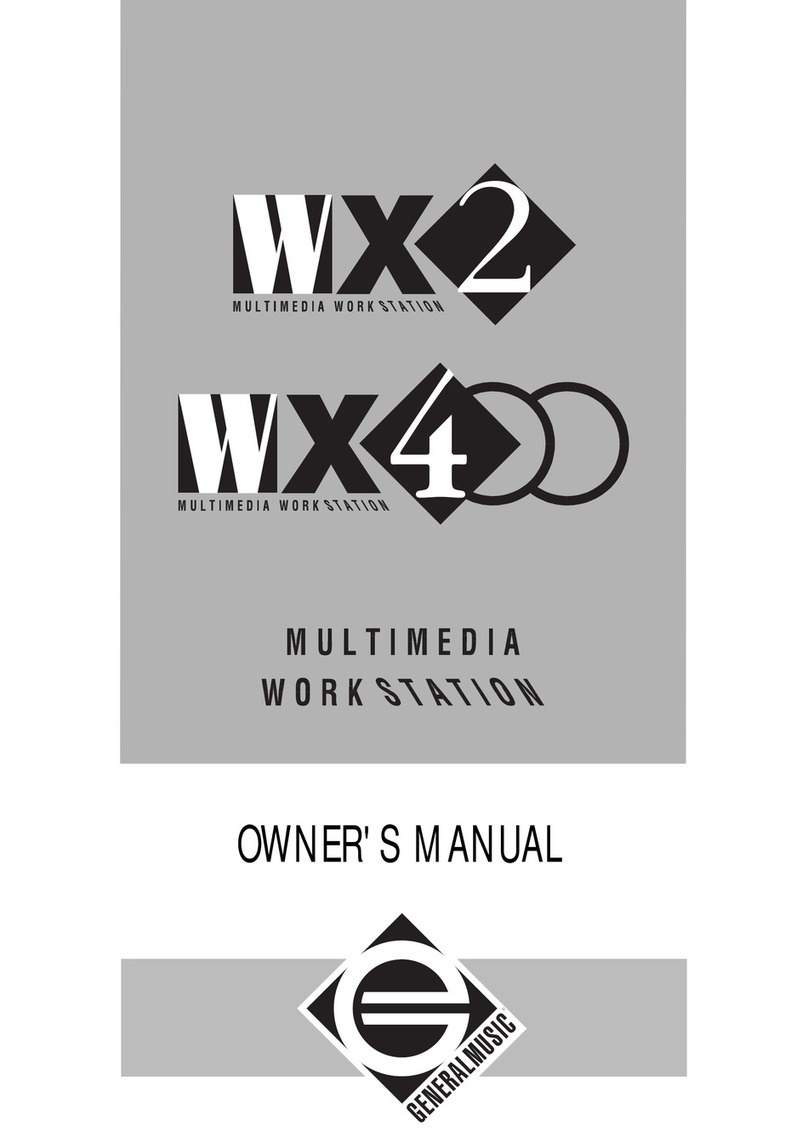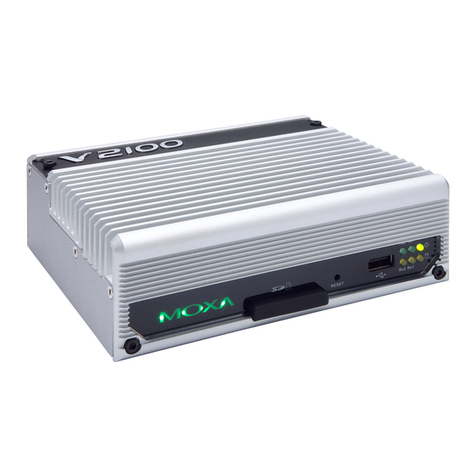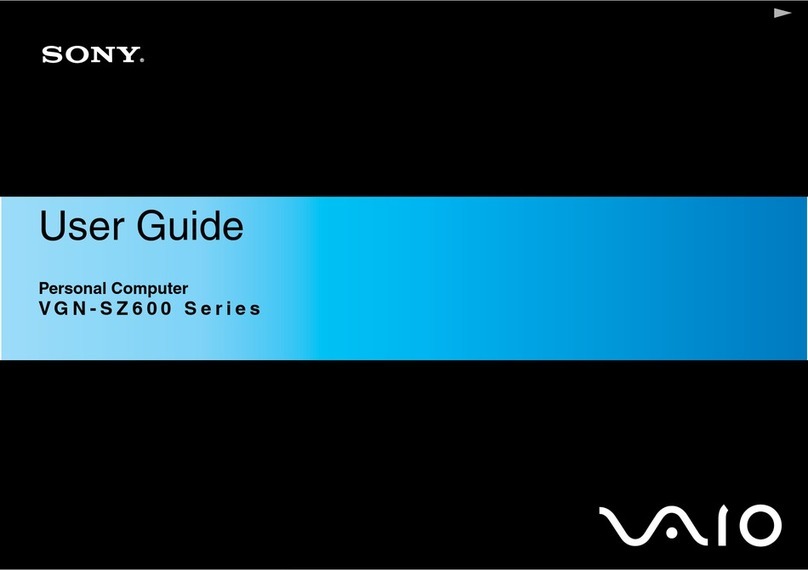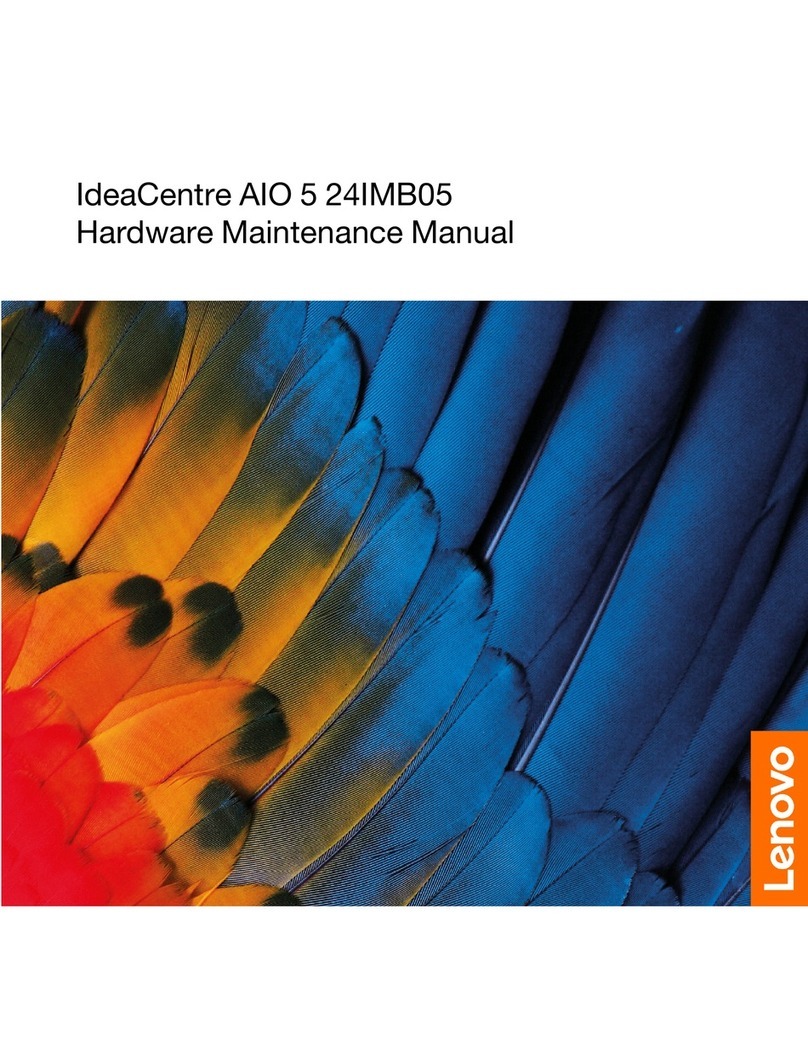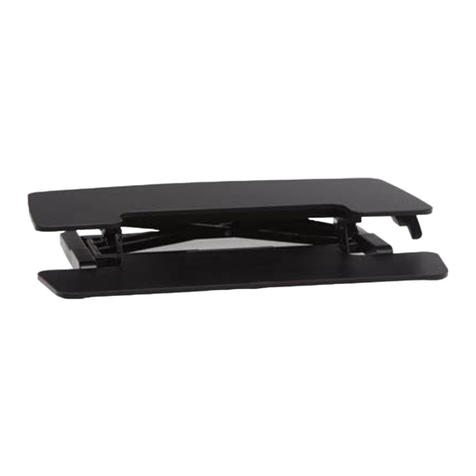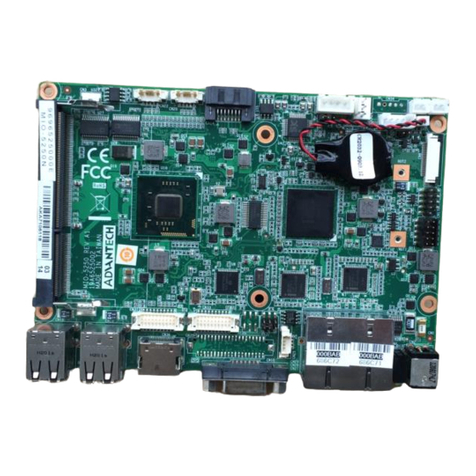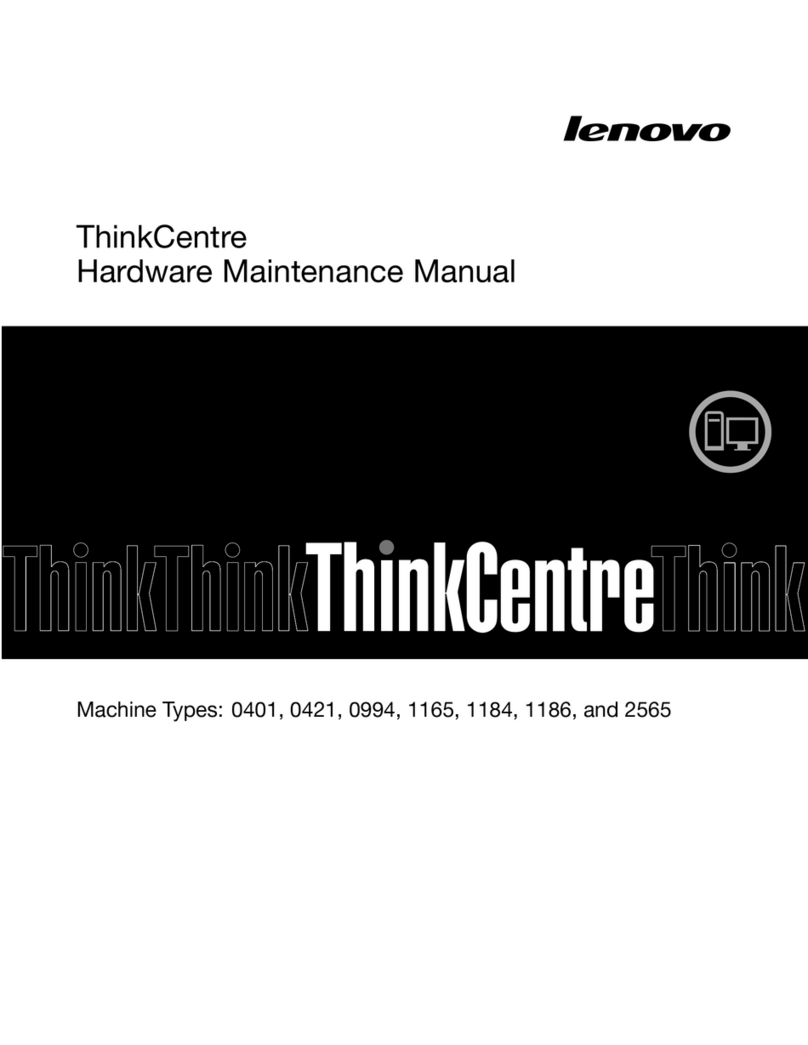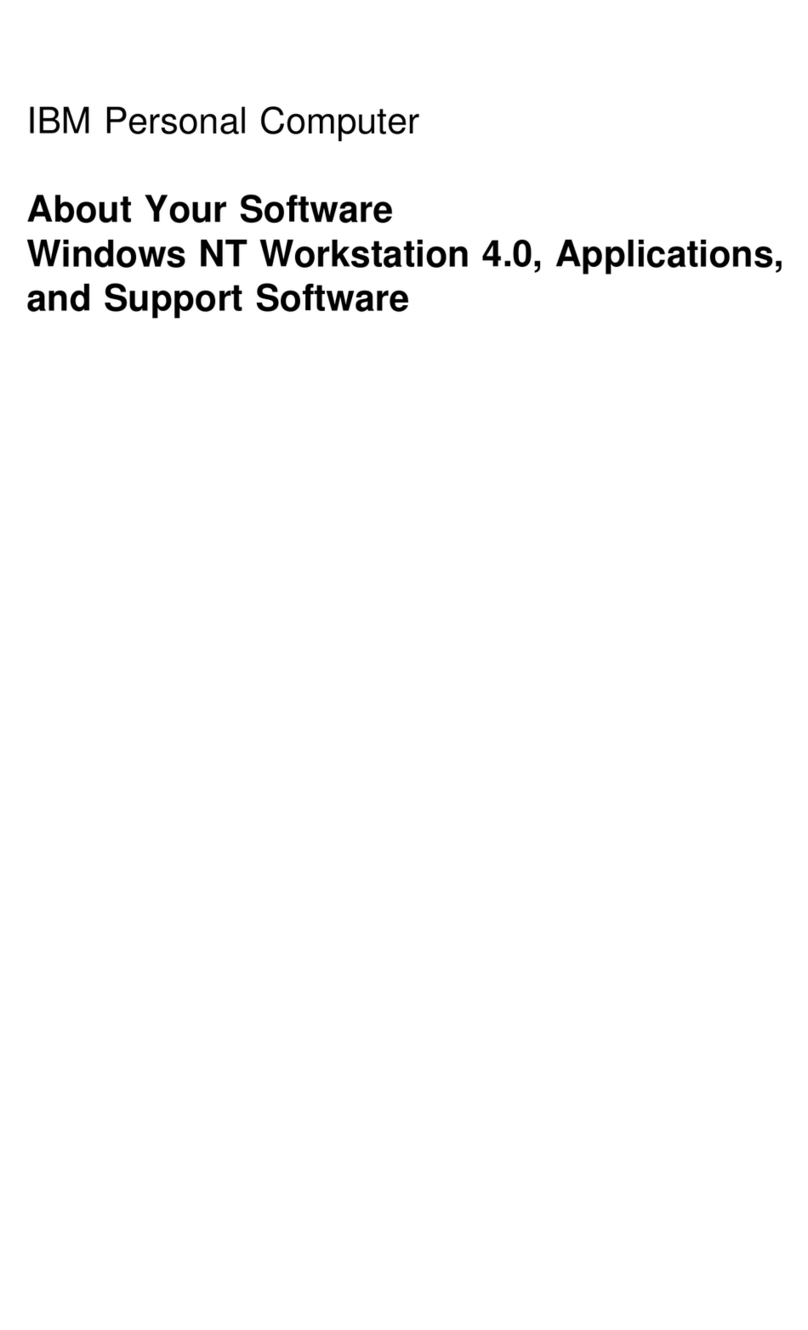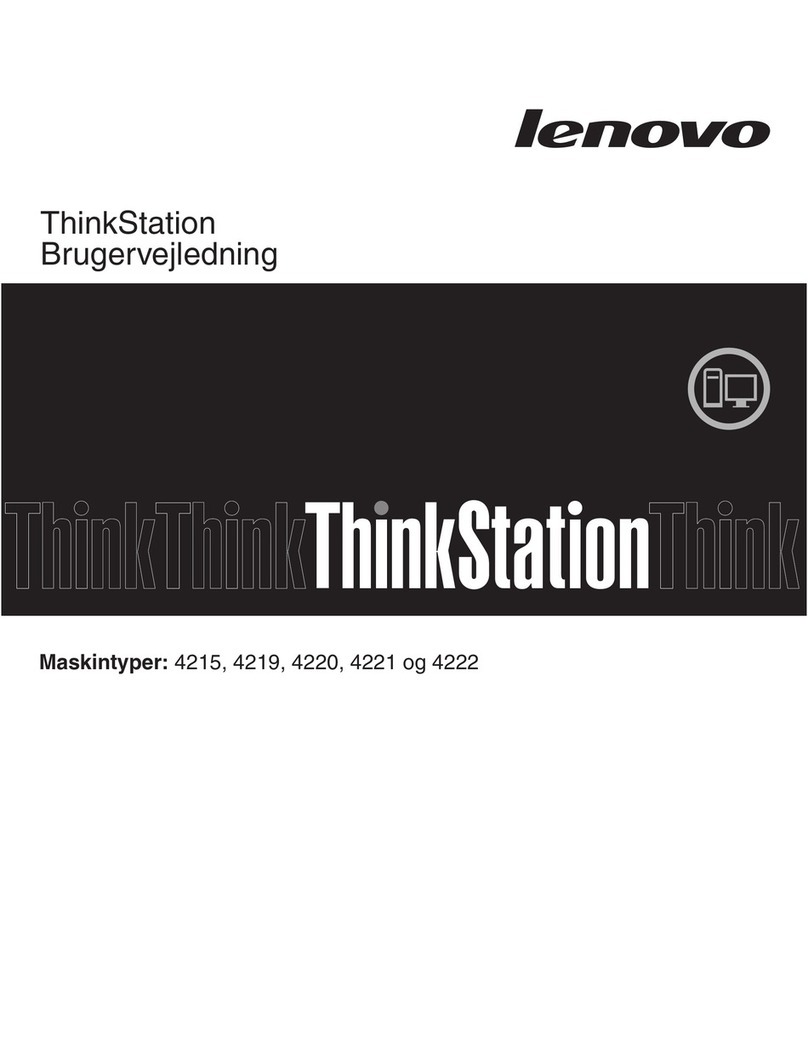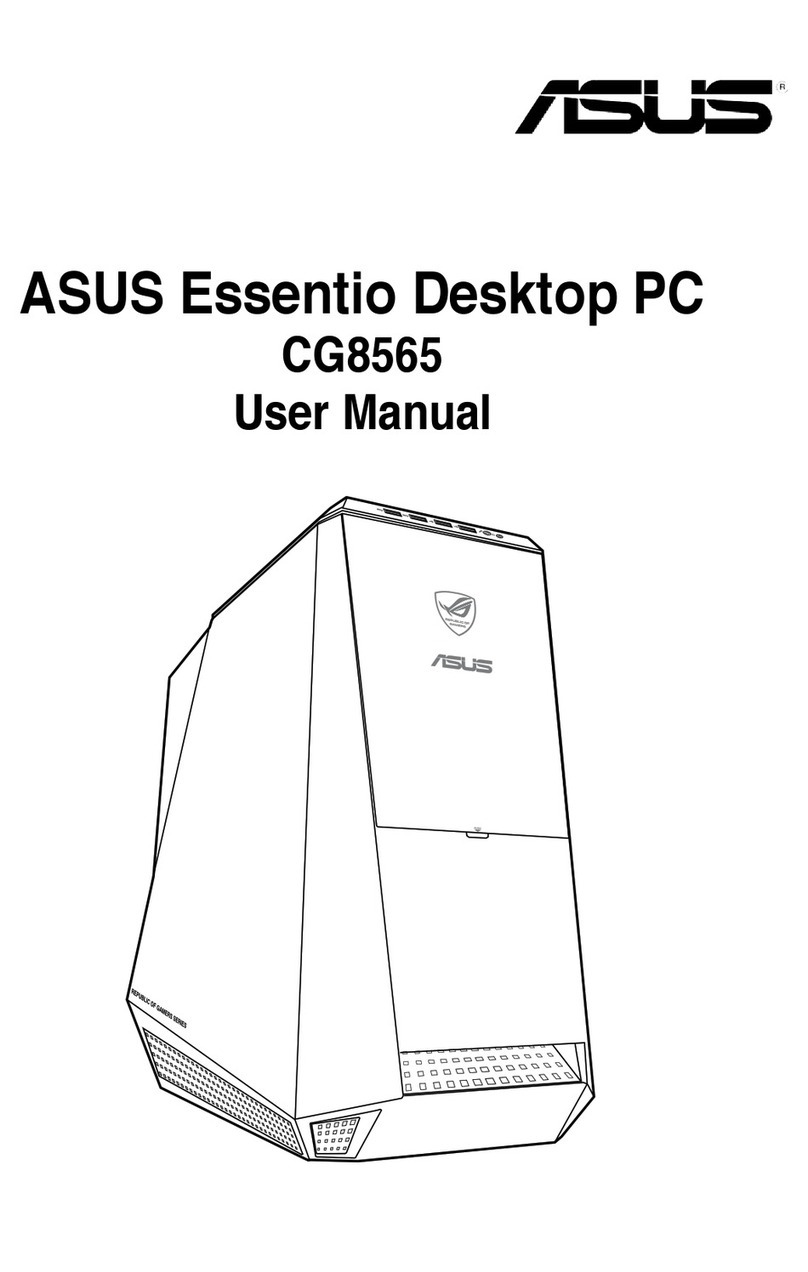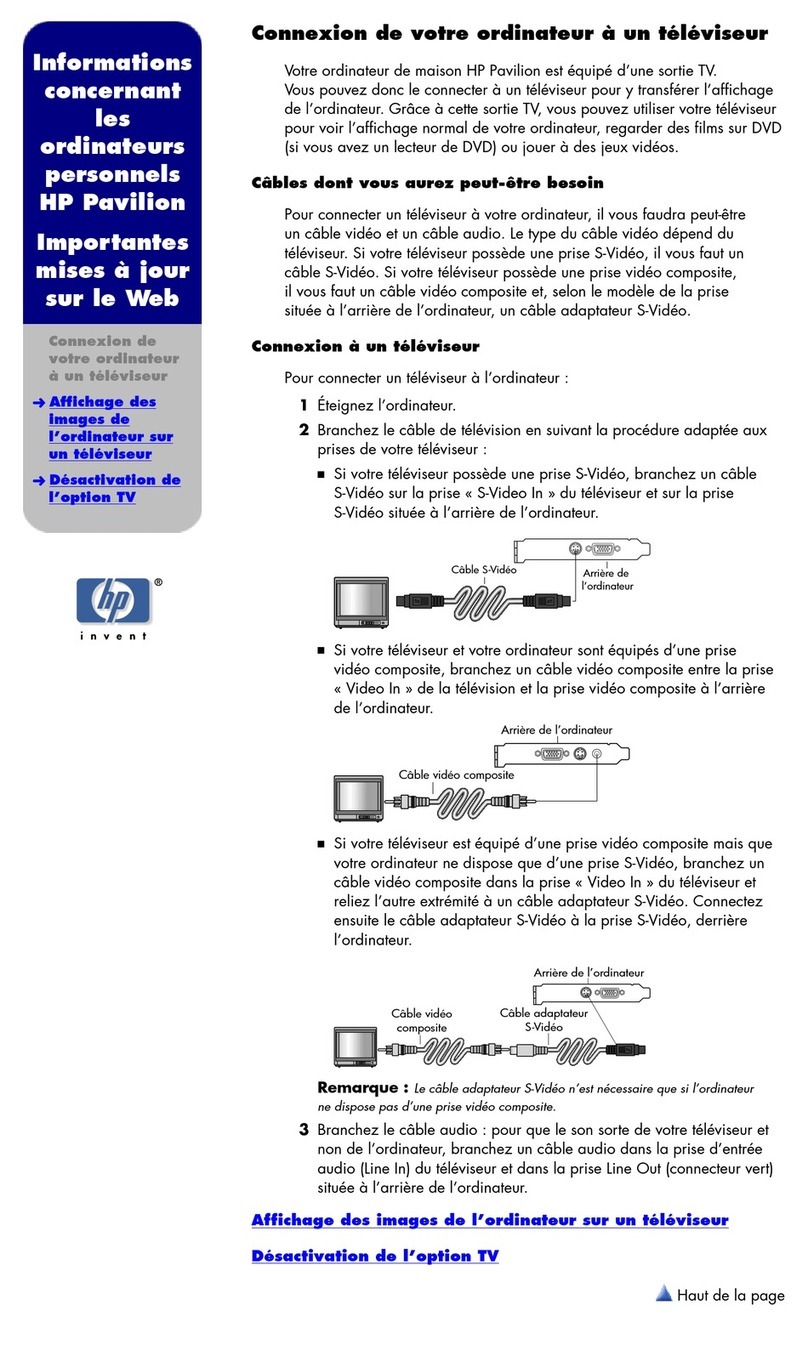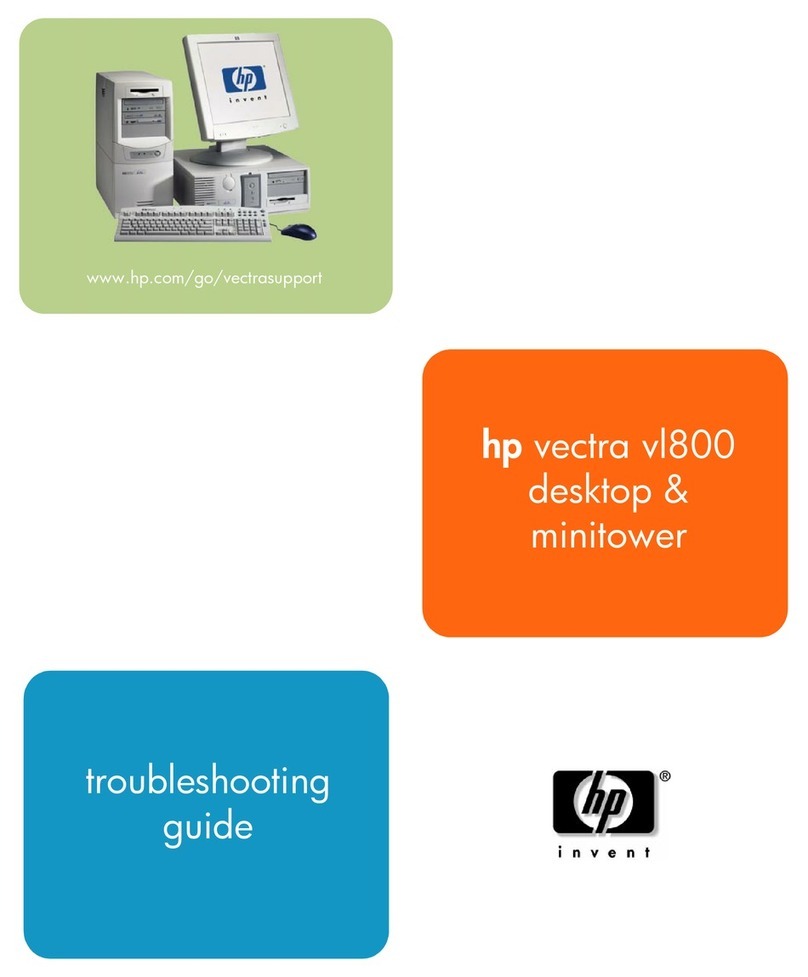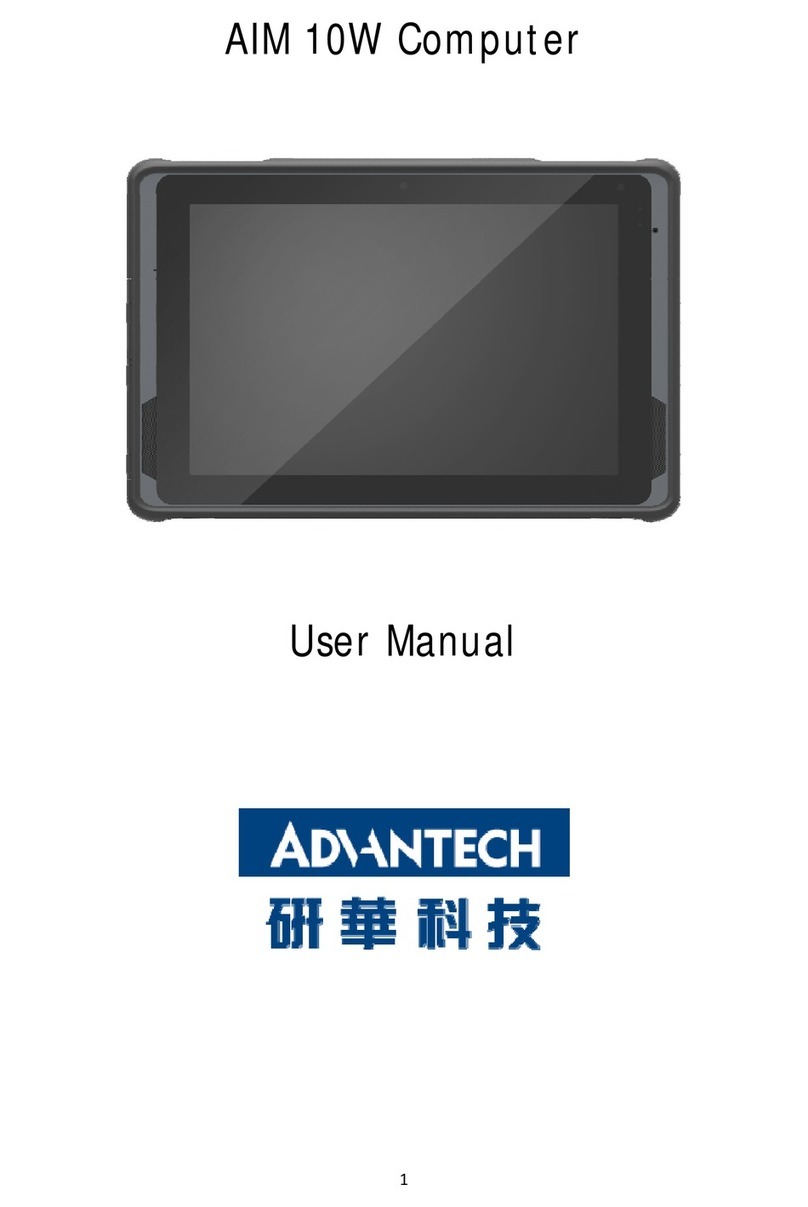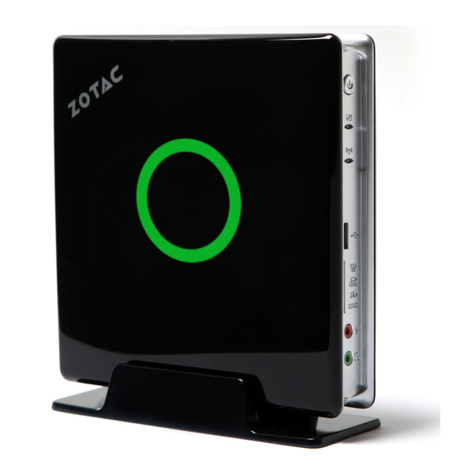Generalmusic WS 2 User manual

PIANO
WORKSTATION
KEYBOARD
WORKSTATION

INSTRUCTION PERTAINING TO A RISK OF FIRE, ELECTRIC SHOCK, OR INJURY TO PERSONS.
WARNING - When using electric products, basic precautions should always be followed, including the following:
1. Read all the Safety and Installation instructions and explanations of Graphic Symbols before using the product .
2. This product must be earthed. If it should malfunction or breakdown, grounding provides a path of least resistance for
electric current to reduce the risk of electric shock. This product is equipped with a cord having an equipment-grounding
conductor and a grounding plug. The plug must be plugged into an appropriate outlet that is properly installed and earthed in
accordance with all local codes and ordinances.
DANGER -Improper connection of the equipment-grounding conductor can result in a risk of electric shock. Check
with a qualified electrician or serviceman if you are in doubt as to whether the product is properly grounded. Do not modify
the plug provided with the product - if it will not fit the outlet, have a proper outlet installed by a qualified electrician.
3. To reduce the risk of injury, close supervision is necessary when this product is used near children.
4. Do not use this product near water - for example, near a bathtub, washbowl, kitchen sink, in a wet basement, or near a
swimming pool or the like.
5. This product should only be used by a stand or cart that is recommended by the manufacturer.
6. This product, either alone or in combination with an amplifier and headphones or speakers, may be capable of producing
sound levels that could cause permanent hearing loss. Do not operate for a long period of time at a high volume level or at a
level that is uncomfortable. If you experience any hearing loss or ringing in the ears, you should consult an audiologist.
7. This product should be located so that its location or position does not interfere with its proper ventilation.
8. This product should be located away from heat sources such as radiators, heat registers, or other products that produce
heat.
9. The product should be connected to a power supply only of the type described in the operating instructions or as marked
on the product.
10. This product may be equipped with a polarized line plug (one blade wider than the other). This is a safety feature. If you
are unable to insert the plug into the outlet, contact an electrician to replace your obsolete outlet. Do not defeat the safety
purpose of the plug.
11. The power-supply cord of the product should be unplugged from the outlet when left unused for a long period of time.
When unplugging the power supply cord, do not pull on the cord, but grasp it by the plug.
12. Care should be taken so that objects do not fall and liquids are not spilled into the enclosure through openings.
13. The product should be serviced by qualified service personnel when:
A. The power-supply cord or the plug has been damaged; or
B. Objects have fallen, or liquid has been spilled into the product; or
C. The products has been exposed to rain; or
D. The product does not appear to be operating normally or exhibits a marked change in performance; or
E.The product has been dropped, or the enclosure damaged.
14. Do not attempt to service the product beyond that described in the user-maintenance instructions. All other servicing
should be referred to qualified service personnel.
15. WARNING - Do not place objects on product power cord or place it in a position where anyone could trip
over, walk on or roll anything over it. Do not allow the product, or its bench, or its pedal board to rest on or to be installed
over power cords of any type. Improper installations of this type create the possibility of fire hazard and/or personal injury.
16.Electromagneticinterference(RFI).Thiselectronicproductutilizesdigitalsampledwaveprocessingtechnology(S.W.P.)that
may adversely affect radio/tv reception. Read FCC information inside back cover for additional information.
SAVE THESE INSTRUCTIONS
IMPORTANT SAFETY AND INSTALLATION INSTRUCTIONS
CAUTION
RISK OF ELECTRIC SHOCK
DO NOT OPEN
CAUTION: TO REDUCE THE RISK OF
ELECTRIC SHOCK, DO NOT REMOVE COVER
(OR BACK). NO USER-SERVICEABLE PARTS
INSIDE. REFER SERVICING TO QUALIFIED
SERVICE PERSONNEL.
EXPLANATION OF GRAPHIC SYMBOLS:
The lightning flash with arrowhead symbol,
within an equilateral triangle, is intended to
alertthe userto thepresence ofuninsulated
“dangerous voltage” within the product’s
enclosurethatmaybeofsufficientmagnitude
toconstituteariskofelectricshocktopersons.
The exclamation mark within an equilateral
triangle is intended to alert the user to the
presence of important operating and
maintenance (servicing) instructions in the
literature accompanying the product.

Owner’sManual

The information in this Owner’s Manual has been carefully prepared
and checked. No responsibility will however be assumed for eventual
errors. All rights are reserved and this document may not be copied,
photocopied or reproduced, in part or in whole without prior written
consent from Generalmusic S.p.A.. Generalmusic reserves the right
to apply any aesthetic, design or functional modifications it considers
necessary to any of its products without prior notice. Generalmusic
assumes no responsibility for the use or application of the products or
circuits described herein.
Copyright © 1993 by Generalmusic S.p.A. All rights reserved.

1
INTRODUCTION
AsfarasGENERALMUSICisconcernedthereisnodifferencebetween
the functions of instruments such as a Digital Piano and any other
keyboard, just as there is no difference between the requirements of a
piano keyboard player and a player of other types of keyboard. For this
reason we have employed the same generation centre for both models
oftheWSserieswhichwehavecalled:KeyboardWorkstationandPiano
Workstation. The substantial difference between the WS instruments
andotherexistingkeyboardsonthemarket,liesinthefactthattheothers
are evolutions or updates of the Home Keyboard concept whereas the
WS 2 Keyboard Workstation and WS 400 Piano Workstation are
reallysomethingnewintheHomeKeyboardandDigitalPianofields.The
WS 2 e WS 400 givethe best oftwo worlds, withan advanced synthesis
of the professional functions of a Workstation combined with the ideal
simplicity of use of a Home Keyboard or Digital Piano. For this reason,
althoughdesignedforsimpleandimmediateuse,thankstotheirflexibility
theyarealsoideal formoreadvancedmusicians, whowillfindin theWS
2and WS 400, besides the built in amplification, top quality sounds and
the professional functions to which they are used to.
WS 2 and WS 400 are easy instruments to use, having been designed
with a great deal of attention to the ergonomics. The layout of the WS
instrumentsenables agreat dealof informationto beabsorbed in avery
easyway,becauseallthemanualoperationsandthevisualcontrolhave
been confined to a limited area on the control panel. The man/machine
interfacing is the most evolutionary in instruments of this category:
- big 'easy to read' display
- soft keys
- alpha dial
- pitch ball
STRUCTURE AND SOUND GENERATION
TheWS2 /WS400iscomposedofagroupofelementswhichrepresent
the functions of several incorporated units. The A - B - C - D and E
sections correspond to 5 perfectly equivalent expanders. While in
traditional instruments some sections are strictly assigned to specific
functions (Drums, Bass, Accompaniment etc.) in the WS designs the 5
sections have free access to a data base with 128 editable sounds,
referred to as VOICES.
Each VOICE is made up of 5 parts: Timbre, ADSSR, Modulation, Skew
and Special (Dynamic Switch). A Timbre is a sound source obtained by
using various tecniques of synthesis (pure PCM, multi-loop, single
wavetable, crossfade loops, etc.), and forms the basis for Voice con-
struction.

2
GETTING STARTED
From this moment the WS is operative !!!
BEGIN PLAYING:
* VOICES - Selecting the required voice.
* GLOBALS - Pressing the PAGE + e PAGE - buttons.
* INT. STYLES - Selecting an appropriate Rhythm.
* DEMO - Pressing CHAIN COMPOSE, JUKEBOX and then
START/STOP.
THE FIRST IMPACT WITH THE WS WILL BE VERY SURPRISING.
a. Connectthepowercablesuppliedwiththeinstrumenttothesocket
on the back panel (see IN/OUT section of manual), then plug this
intoanA.C.poweroutletsocketofthecorrectvoltage(seelabelon
underside of the instrument).
b. Turn the instrument 'On' by pressing the switch.
c. After a few seconds the display will show the following:
96bossa a GLOBAL_00 WELCOME
off off off off Grand P
NOTE1: Itisadvisable
to try all 128 VOICES
available, activating
only one section (for
exampleE),thendisac-
tivating the others
(OFF). To select the
VOICES not available
on the front panel, see
VOICE chapter further
ahead. Check that the
SPLITofthesectionse-
lected,inthiscaseE, is
positioned on A0 - C8
to obtain the full key-
board length.
NOTE2: Carefullycon-
sult this operating
manual and keep it in a
safe,handyplaceready
to be used at any time.

3
PROBLEM REMEDY
BEFORE CALLING TECHNICAL ASSISTANCE
The WS does not play over
the entire keyboard:
No sound is heard:
The tonality of the sound is
strange:
Effects 1 and 2 are not heard:
The selected effect is not ac-
tive:
The PITCH MODULATION
BALL does not work in all
sections (A B C D E):
The sound is heard to be
coming from only one loud-
speaker:
It is not possible to make any
type of recording:
MIDI
The instrument is not capable
of receiving MIDI messages:
It is not possible to make a
syncronization:
Pressing the START/STOP
button the rhythm does not
start:
Control the SPLIT exten-
sions in all the sections.
Control that the MASTER
VOLUME is advanced
from the zero point.
Verifythatthe5sectionsA
BCDE,inthe2ndand3rd
pages of the GLOBAL
menu, are all positioned
on 00.
Activate the relative sec-
tions (ON).
PressENT.afterselecting
the effect.
Activate the relative sec-
tions (ON).
Select the CENTRE func-
tion for the relative sec-
tions in page 2 of the
MIXERmenu.(seeMIXER
further ahead).
Therecordingspaceinthe
memory of the WS is full.
Cancelsomedataortrans-
fer the contents to a disk.
Controlthatthecablecon-
nections have been made
satisfactorily.
Select that the EXTER-
NAL CLOCK mode has
been selected if this is not
so.
Control that the sections
are not 'OFF' or empty;
also check that the EX-
TERNAL CLOCK mode
has not been selected.

4
MASTER
DESCRIPTION
The MASTER is the "Control Centre" of the digital pre-amplifier of
the WS.
MASTER : Overall volume control.
LOW : Bass tone control (- 12 + 12 dB at 80 Hz).
HI : Treble tone control (- 12 +12 dB at 5 KHz).
Press MASTER in the EDIT section, when the display will show the
following menu:
WARNING - You are
advised not to use
aneccessive levelof
BASS tones (more
than 4 db) when the
OVERALL VOLUME
control is near to it's
maximum level. On
thecontrary,whenthe
OVERALLVOLUME is
at a low level, you
should increase the
level of the BASSES
tocompensateforthe
physiologicallossof
sensitivity at these
frequencies.
OPERATING PROCEDURE
To vary the OVERALL VOLUME of the instrument:
1. Press button Aunder the display.
2. Turn the ALPHA DIAL until the required volume is obtained.
To vary the BASS tones:
1. Press button C.
2. Turn the ALPHA DIAL until the required BASS tone level is
obtained.
To vary the TREBLE tones:
1. Press button E.
2. Turn the ALPHA DIAL until the required TREBLE tone level is
obtained.
MASTER :equalization volume /page 1of1
vol= 00db low= 00db hi= 00db

5
GLOBAL
DESCRIPTION
Thisfunctionincorporates128programmableGLOBALPRESETS.Any
panel set up can be memorized by means of each of these. A SEVEN
PAGE DISPLAY for each GLOBAL allows all the main controls of the
instrument to be immediately programmed, and furthermore: MIDI (8
simultaneous channels), MIXER, EFF. 1/2, SPLITS. All these parame-
ters can be independently memorized in each of the 128 GLOBAL
PRESETS. They are sub-divided into 4 groups of 32 as follows:
00 - 31 - REAL TIME (Direct call up).
32 - 63 - SONGPATT.(Recalledbytherelativefunctionsofthe
SEQ.).
64 - 95 - PROG. STYLES (Programmable Arrangements).
96 - 127 - INT. STYLES (Internal Arrangements).
To memorize a panel set-up by means of a GLOBAL:
1. Press ENT in the EDIT section.
2. Turn the ALPHA DIAL to select the desired GLOBAL.
3. Repress ENT.
PROGRAMMING PROCEDURE
Select the 7 pages of the GLOBAL function displays as follows:
1. Press GLOBAL in the EDIT section.
2. Press PAGE+ to advance the display to the next page. (Press
PAGE- to show the previous page display).
To modify the state of the parameters of a GLOBAL:
1. Press the corresponding button (A - E).
2. Turn the ALPHA DIAL to select the desired value or state.
PAGE 1(SECTION TYPE)
SECTION TYPE enables you to select the working mode of the
keyboard, section by section (poly, mono L or mono R).
GLOBAL00:section type /page 1of7
poly poly poly poly poly

6
GLOBAL00:section detune /page 2of7
00 00 00 00 00
GLOBAL00:dynamic norm/inverse /page 4of7
norm norm norm norm norm
GLOBAL00:section transposer /page 3of7
00 00 00 00 00
DYNAMICNORM/ INVERSEcontrols thedynamics ofthekeyboard for
each section.
NORM : Each specific section plays from soft to loud
(normally) when NORM is selected.
INVERSE : Each specific section plays from loud to soft
(inversally) when INVERSE is selected.
SECTIONTRANSPOSER performs the individualtransposition of each
section in steps of one semitone.
PAGE 4 (DYNAMIC NORM / INVERSE )
SECTIONDETUNEcontrolstheDETUNEforeachsection(+32 to-32).
PAGE 3 (SECTION TRANSPOSER)
GLOBAL continued
POLYcontrolsaspecificsectionpolyphonically.(Whenonlyonesection
is activated in POLY, the keyboard can be played with16 note polypho-
ny).
MONO L. : Thespecificsectioniscontrolledmonophonically,
playing the extreme left hand note only.
MONO R. : Thespecificsectioniscontrolledmonophonically,
playing the extreme right hand note only.
PAGE 2 (SECTION DETUNE )

7
GLOBAL continued
PAGE 5 (PEDALS ASSIGNMENT)
GLOBAL00:pedals assignment /page 5of7
off off off off p1,2,3
PEDALS ASSIGNMENT controls the pedal assignment (P1, P2, P3)
section by section. By selecting the following combinations with the
ALPHADIALthevariouspedalscanbeactivatedanddisactivatedinthe
specific sections.
OFF : ThefunctionsofP1, P2,andP3aredisac-
tivated.
P1 : The function of P1 is active.
P2 : The function of P2 is active.
P1, P2 : The functions of P1 and P2 are active.
P3 : The function of P3 is active.
P1, P3 : The functions of P1 and P3 are active.
P2, P3 : The functions of P2 and P3 are active.
P1, P2, P3 : ThefunctionsofP1,P2 andP3areactive.
PAGE 6 (TRACK BALLASSIGN)
GLOBAL00:track ball assign /page 6of7
off off off off pit+mod
TRACK BALL ASSIGN, by means of the ALPHA DIAL activates the
PITCH and MODULATION functions in the specific sections, as seen
below:
OFF : The PITCH and MODULATION functions
are disactivated.
PITCH : The PITCH function is active.
MOD. : The MOD. function is active.
PIT+ MOD. : ThePITCH andMOD.functionsareactive.
NOTE: The frequency
range of the PITCH
(GLISSATO)and
MODULATION
(VIBRATO) is fixed.

8
GLOBAL continued
PAGE 7 (CHANGE GLOBAL NAME)
CHANGE GLOBAL NAME enables you to assign a name to a specific
GLOBAL.
PROCEDURE
To write the name of a GLOBAL on the display:
1. Use the 32 Voice selection buttons, marked with the letters of the
alphabet.
2. To obtain CAPITALS, keep the button marked SHIFT pressed
down.
3. To correct any errors, press the button marked with an arrow.
TO SAVE
To save a GLOBAL, after having written a new name:
1. Press ESC (ESCAPE), if necessary.
2. Press ENT (ENTER).
3. Select the GLOBAL number desired, with the ALPHA DIAL.
4. Repress ENT (ENTER).
NOTE 1: Up to 7 char-
acters can be used to
write a name.
NOTE 2 : It may be
necessarytopressESC
before ENT, in a case
where you are in an
internal programming
pageinaparticularpart
of the programming.
GLOBAL00:change global name /page 7of7
old_name = G.MUSIC new = ?

9
VOICE
DESCRIPTION
The WS has 128 VOICES, 32 of which can be selected directly from the
control panel by means of the respective buttons marked with the name
of the voices.The others are selected by turning the ALPHA DIAL, while
simultaneouslypressingthebuttonmarkedA.DIAL,ontheextremeright
hand side of the buttons,
Theselectedtimbrewillbeassignedtothesectionshownflashingonthe
display.Repressingtherelativebuttonofanalreadyflashingsectionwill
stop this flashing and show 'OFF' in that position. The previous section
to the one just disactivated will be automatically activated to accept a
change in the voice and the relative cursor will start flashing.
VOICE EDIT
The VOICE function permits modifications in the voice to be made. To
entertheVOICEmode,pressVOICEintheEDITsection(seedesignon
the left). On entering this mode, the display shows 5 EDITING sections
TIMBRE - ADSSR - MOD. - SKEW - SPECIAL, as shown below, each
one containing the respective parameters for that section.
EDITING PROCEDURE
The same basic procedure is used to edit all the parameters in the
various EDITING sections.
TIMBRE
The TIMBRE section of the ROM memory of the WS contains all the
soundsamples,tables,PCMsections(PulseCodeModulation),special
waveforms, for the basic sound generation and their envelopes. In
effect, the TIMBRE is the only part of the WS that cannot be modified
completely,inthatitispermanentlymemorizedinthe2MegabyteROM.
Bypressing,thereforebuttonA(TIMBRE),afterenteringintotheVOICE
/ EDIT mode, it is possible, by turning the ALPHA DIAL, to run through
all the Timbres of the WS while maintaining unvaried the other 4
macroparameters(ADSSR- MOD.- SKEW -SPECIAL) whichmake up
the VOICE. If, for example, you start with a Vibes voice which uses a
percussive type of envelope, by modifying the TIMBRE to Flute or Sax,
you can obtain a Percussive Flute or Sax voice.
VOICE16 :voice name :Brass / ESCAPE
[TIMBRE][ADSSR ][ MOD. ][SKEW ][SPECIAL]

10
VOICE continued (TIMBRE)
voices using ready made parameters coming from other voices.
Withthe display showingas on theprevious page, selectthe voiceto be
edited by means of the ALPHA DIAL, then press button A to select the
TIMBRE display as shown below. It is now possible to programme the
three parameters in the TIMBRE function as follows:
TIMBRE
1. Repress button A; the display will now show:
2. Select the TIMBRE by means of the ALPHA DIAL (see note 1).
You can now proceed with the programming of the other parameters
shown in this display as follows:
OCTAVE
To programme OCTAVE do as follows:
1. Press button C corresponding to OCTAVE. The display will
change to:
16' - 8' and 4' are numbers that refer to the length of an organ pipe,
expressed in feet, and is inversely proportional to the frequency of the
note produced. When referred to a modern instrument, these numbers
refer to the pitch of the note in relation to the ottave played. This means
that, with respect to an 8' pitch, when you select 4', the sound will be
raised byone octave, whereas theselection of a 16' pitch will causethe
sound to be lowered by one octave.
2. Select the required OCTAVE (footage 16', 8' or 4') by turning the
ALPHA DIAL.
DETUNE
This parameter enables you to programme the frequency offset of the
*TIMBRE :selected timbre /page 1of1
tmb=Guit Jz oct=08 det= 00
NOTE 2 : The refer-
ence footage of an 88
note piano is 8'.
NOTE 3 : All changes
made in the various
parameters can be
memorizedindividually
or collectively by twice
pressing ENT, in the
EDIT section, at any
stageintheprocedure.
NOTE 1: A complete
table of the basic
TIMBREScanbefound
in the EXTRA INFO
section (Technical
Specification).
*TIMBRE :octave 16 8 4 /page 1of1
tmb=Guit Jz oct=04 det= 00

11
You can proceed with the programming of the remaining four functions
intheVOICEmenu.Withthedisplayasabove,pressbuttonBunderthe
display to open the ADSSR pages of parameters.
ADSSR
TheADSSRparametersarefeaturedonatwopagedisplay,calledpage
1 of 2 and page 2 of 2 as shown below (see note on left for selection):
VOICE continued (TIMBRE)
two oscillators used in the sound generation in symmetrically opposed-
steps.
To programme the DETUNE of the oscillators, follow this procedure :
1. Pressbutton D corresponding to DETUNE. The displaywill show
as below:
2. Change the DETUNE value with the ALPHA DIAL.
HavingprogrammedtheparametersintheTIMBREfunction,pressESC
intheEDITsection(seeleft)toreturntothemainVOICEmenuasbelow:
VOICE16 :voice name :Brass / ESCAPE
[TIMBRE][ADSSR ][ MOD. ][SKEW ][SPECIAL]
*ADSSR :attack time /page 1of2
atk=60 dc1=40 bpl=96 dc2=40 bp2=00
Page 2 (RELEASE TIME selected in this example)
Page 1 (ATTACK TIME selected in this example)
*ADSSR :release time /page 2of2
rls=40 etk=00 sdn=00 lev=00
NOTE 1: Select the
relative page of the
ADSSRdisplay, PAGE
1(Attack, Decay 1,
BreakPoint1,Decay2,
BreakPoint2)orPAGE
2(Release, Envelope
Tracking, Dynamic
Sensitivity,Voice level)
asnecessary,usingthe
PAGE- and PAGE +
buttons(intheGLOBAL
section), thenselectthe
parameter to be mod-
ified by means of the A
B C D E buttons under
the display (see design
below).
*TIMBRE :detune /page 1of1
tmb=Guit Jz oct=04 det= 00

12
VOICE continued (ADSSR)
The ADSSR defines and controls the formation of the sound over a
period of time and consists of various sections and 'Break Points', all of
which are completely programmable. To modify the values, use the
normal procedure of selecting the required parameter by means of the
5buttonsABCDEandthenvarythevaluebyturningtheALPHADIAL.
*ADSSR :attack time /page 1of2
atk=60 dc1=40 bpl=96 dc2=40 bp2=00
*ADSSR :decay_1 time /page 1of2
atk=60 dc1=40 bp1=96 dc2=40 bp2=00
*ADSSR :break_point 1 /page 1of2
atk=60 dc1=40 bp1=96 dc2=40 bp2=00
Although the ATTACK, DECAY, SLOPE (all on page 1) and RELEASE
(page2)alongwiththerelativeBREAKPOINTS1and2aretheprincipal
parameters of the 'ENVELOPE', there are some general controls that
can be selected from PAGE 2 of the ADSSR display, these are
respectively: ENVELOPE TRACKING, DYNAMIC SENSITIVITY and
VOICE LEVEL and will be dealt with later.
In all the following displays, selected by pressing the relative button (A
B C D E) after having selected the relevant page, the name of the
parameterreadytobeprogrammedwillbeshownonthetoplineafterthe
heading ADSSR.The value of the parameter to be modified will be
flashing on the bottom line and this can be changed by means of the
ALPHA DIAL.
RELEASE
RELEASE
TIME
LOUDNES
S
BP 1 SLOPE
BP 2
BP 1 DECAY 2
DECAY
ATTACK
LOUDNES
S
ATTACK
BP 2
DECAY 1
TIME
ATTACK TIME (Button A- Page 1 of 2)
DECAY 1 TIME (Button B - Page 1 of 2)
BREAK POINT 1 (Button C - Page 1 of 2)

13
VOICE continued (ADSSR)
DECAY 2 / SLOPE TIME (Button D- Page 1 of 2)
BREAK POINT 2 (Button E - Page 1 of 2)
Press PAGE + in the GLOBAL section to proceed to the display below:
RELEASE TIME (Button A- Page 2 of 2)
ENVELOPE TRACKING (Button B- Page 2 of 2)
This parameter compresses the envelope according to the pitch of the
noteplayed. When a mediumenvelope is programmed for aPIANO, for
example, this will be shortened in the high pitch range and lengthened
in the low pitch range, exactly as in the real instrument.
DYNAMIC SENSITIVITY (Button C- Page 2 of 2)
Controls the DYNAMIC SENSITIVITY of each single VOICE.
*ADSSR :decay_2/slope time /page 1of2
atk=60 dc1=40 bp1=96 dc2=40 bp2=00
*ADSSR :break_point 2 /page 1of2
atk=60 dc1=40 bp1=96 dc2=40 bp2=00
*ADSSR :envelope tracking /page 2of2
rls=40 etk=00 sdn=00 lev=00
*ADSSR :release time /page 2of2
rls=40 etk=00 sdn=00 lev=00
*ADSSR :dynamic sensitivity /page 2of2
rls=40 etk=00 sdn=00 lev=00

14
VOICE LEVEL (Button D- Page 2 of 2)
Controls the VOLUME of each single VOICE.
Having concluded the ADSSR programming with Voice Level, you can
now proceed to the next function in the VOICE menu as follows:
Press ESC to return to the main VOICE menu as shown below:
MODULATION
The sound of many natural instruments and the human voice is fre-
quently embellished by modulation of the frequencies (VIBRATO). The
purpose of the MODULATION parameter is to reproduce this natural
effect by means of a series of controls.
Press button C to visualize the MODULATION display, shown below,
and thereby programme the relative parameters.
DELAY
TheVIBRATOeffect canbe delayed bya variabletimeperiod bymeans
of this parameter.
1. Press button A to select the DELAY parameter of the MODULA-
TION function.
VOICE continued (ADSSR)
VOICE16 :voice name :Brass / ESCAPE
[TIMBRE][ADSSR ][ MOD. ][SKEW ][SPECIAL]
2. Vary the amount of DELAY by means of the ALPHA DIAL.
TYPE
Used to select the type of waveform used for the modulation. For
*MOD. :delay /page 1of1
dly=40 typ=00 tar=00 rt= 00
*ADSSR :voice level /page 2of2
rls=40 etk=00 sdn=00 lev=00

15
VOICE continued (MODULATION)
a normal VIBRATO you are advised to select the 01 type.
1. Press button B to select the TYPE of modulation waveform, the
display will show as below:
2. Select the waveform, from the four types available, by turning the
ALPHA DIAL (These will be seen on the display).
DEPTH
Controls the modulation amplitude (Depth).
1. Press button C to modify the DEPTH of modulation. The display
will now show:
2. Turn the ALPHA DIAL to set the DEPTH of modulation required.
FREQUENCY
Controls the modulation frequency (Speed).
1. Press button D to change the FREQUENCY (speed) of the
modulation and change the display to:
2. Adjust the FREQUENCY to your choice with the ALPHA DIAL.
Leave the MODULATION function programming mode, by pressing
ESCinthe EDIT section,to returnto themain VOICEmenu onceagain,
as at the top of the following page.
*MOD. :type /page 1of1
dly=40 typ=00 tar=00 rt= 00
*MOD. :depth /page 1of1
dly=40 typ=00 tar=00 rt= 00
*MOD. :depth /page 1of1
dly=40 typ=00 tar=00 rt= 00

16
VOICE continued
SKEW
In many wind instruments (Trumpet, Trombone, Horn etc.), a very
evident frequency modulation can be heard at the beginning of the
sound, this disappears rapidly or is controlled by the vibrato. It is
possible, by means of a series of parameters, to reproduce this phe-
nomenon during both the attack (SKEW ON - KEY ON) and release
(SKEW ON - KEY OFF) phases. To programme the SKEW function,
pressbuttonDwiththeabovedisplayshowingandthiswillthenchange
to that shown below:
SKEW ON KEY ON
1. Press button A to activate the SKEW effect on the Key On. This
means the moment that you press the key on the keyboard. The
display will show as follows:
2. The Key On Skew effect can now be activated or disactivated by
turning the ALPHA DIAL. The state will be shown on the bottom
line of the display in the position corresponding to button A. This
willreadkon=offor kon=on,accordingtowhetheritisactivated
or not.
SKEW ON KEY OFF
1. Press button B to activate the SKEW effect on the Key Off. This
meansthe momentthat yourelease thekey onthe keyboard.The
display will show as follows:
*SKEW :skew on key On /page 1of1
kon=off kof=off typ=01 tar=-24 rt =20
VOICE16 :voice name :Brass / ESCAPE
[TIMBRE][ADSSR ][ MOD. ][SKEW ][SPECIAL]
*SKEW :skew on key Off /page 1of1
kon=off kof=off typ=01 tar=-24 rt =20
This manual suits for next models
1
Table of contents
Other Generalmusic Desktop manuals
